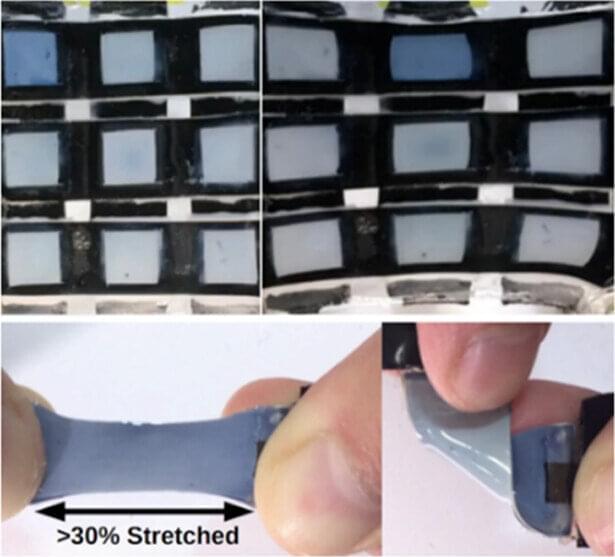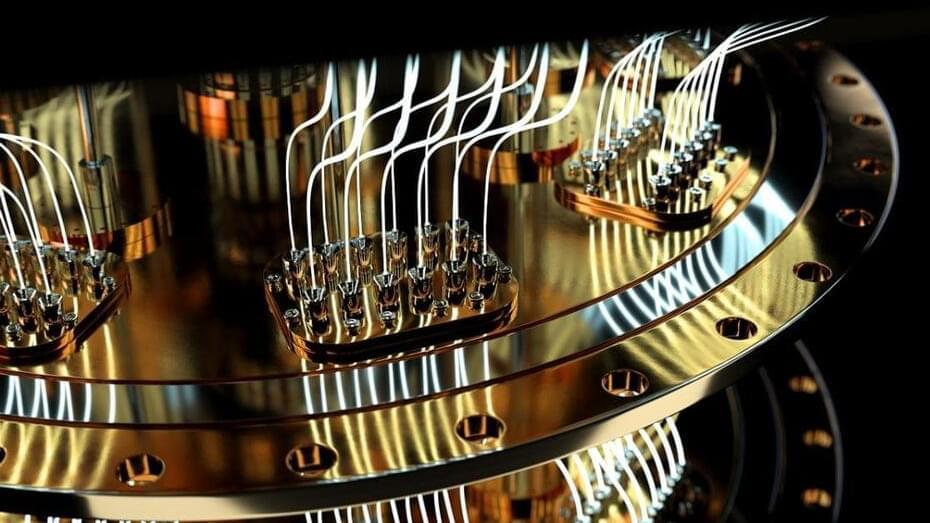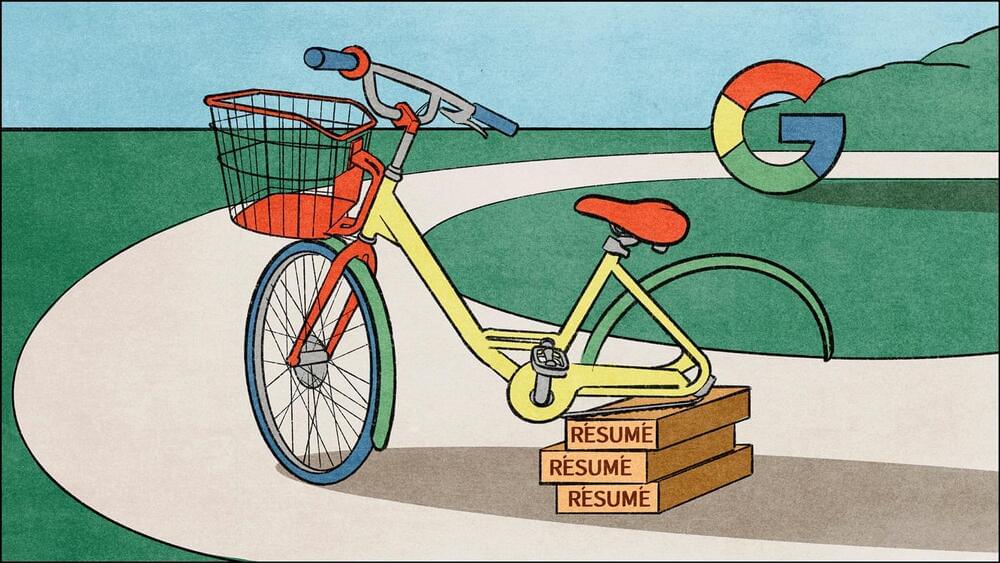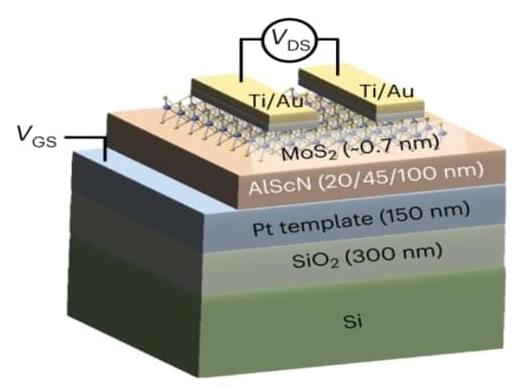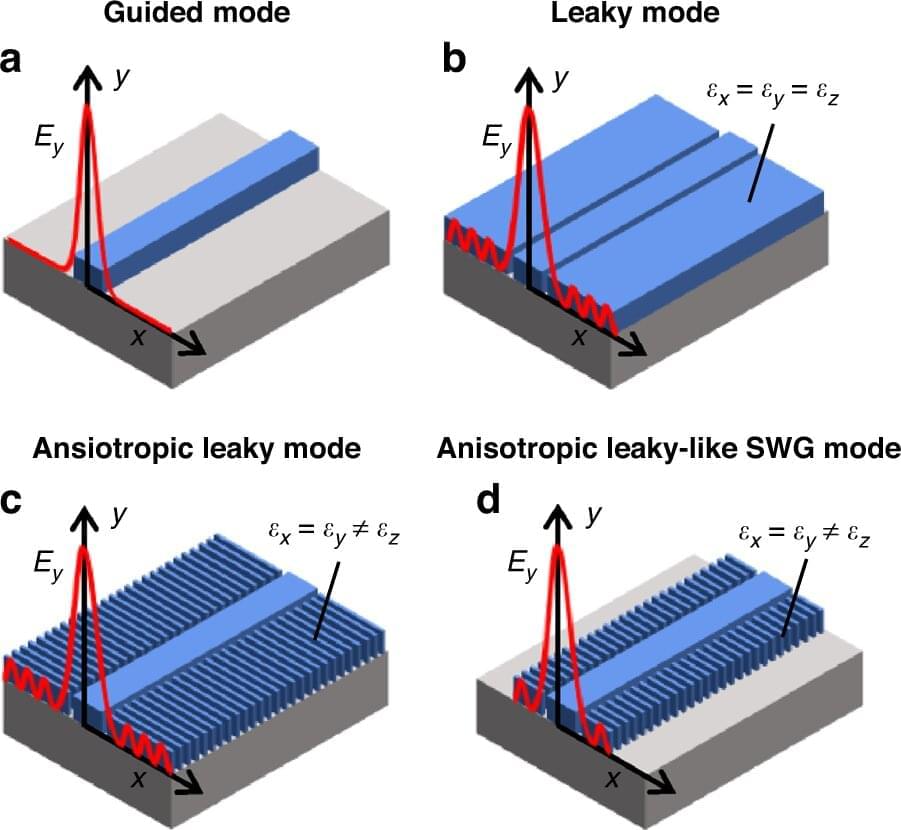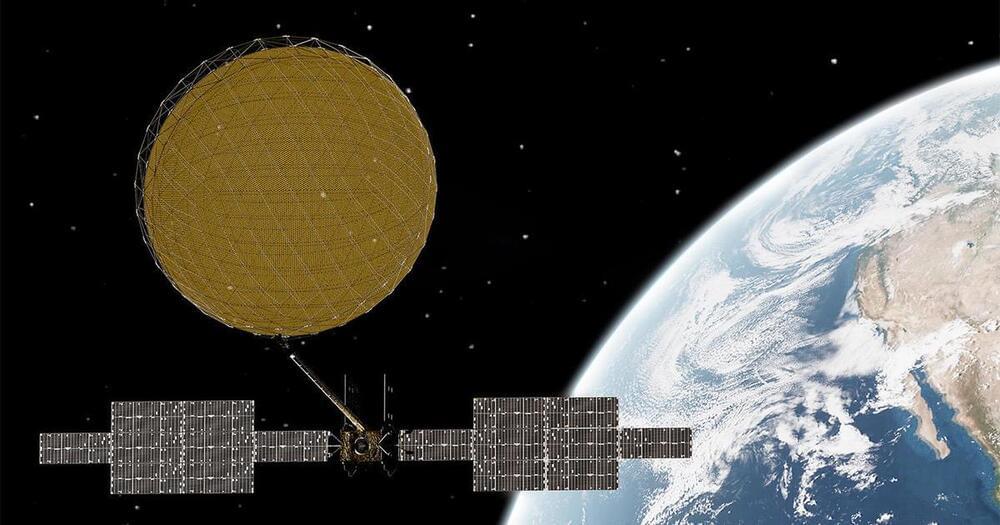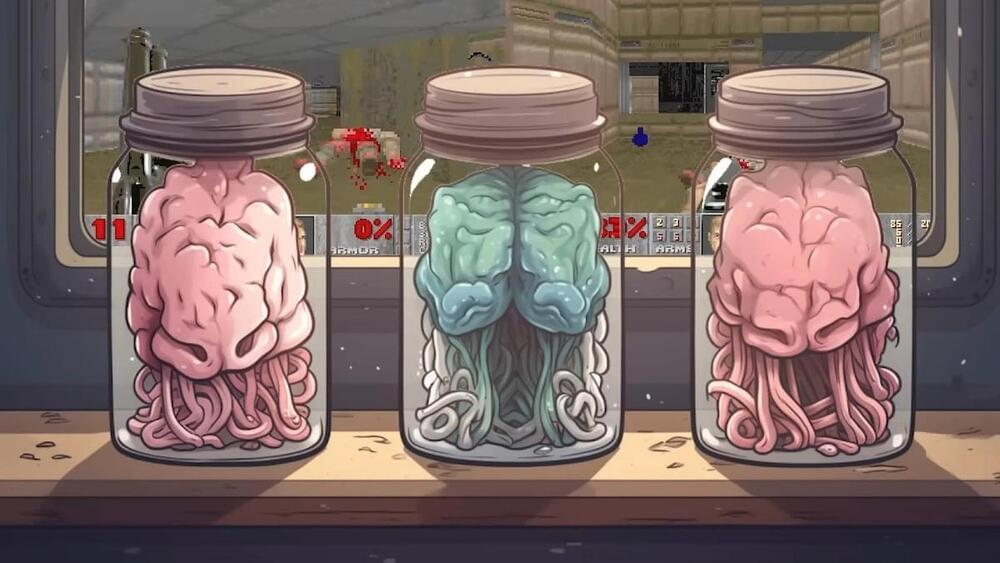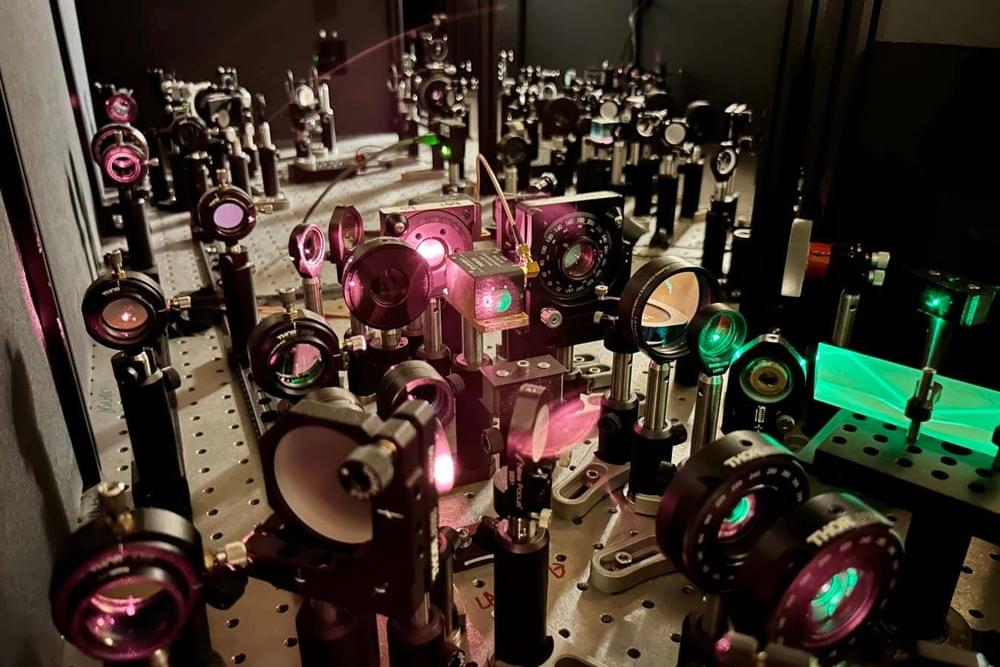Jul 17, 2023
Stretchy color-changing display points to future of wearable screens
Posted by Shubham Ghosh Roy in categories: computing, engineering, food, wearables
Imagine a wearable patch that tracks your vital signs through changes in the color display, or shipping labels that light up to indicate changes in temperature or sterility of food items.
These are among the potential uses for a new flexible display created by UBC researchers and announced recently in ACS Applied Materials & Interfaces.
Continue reading “Stretchy color-changing display points to future of wearable screens” »
